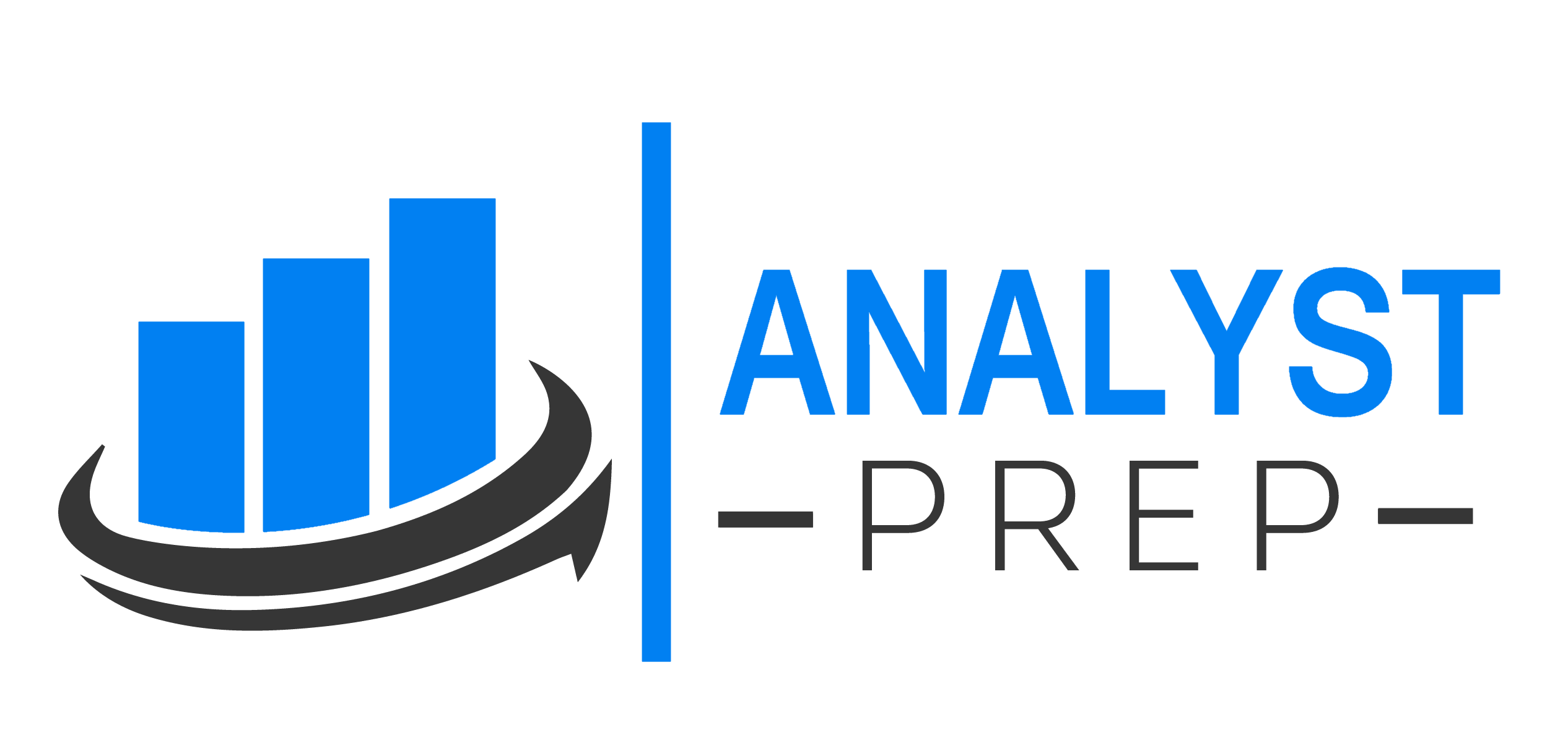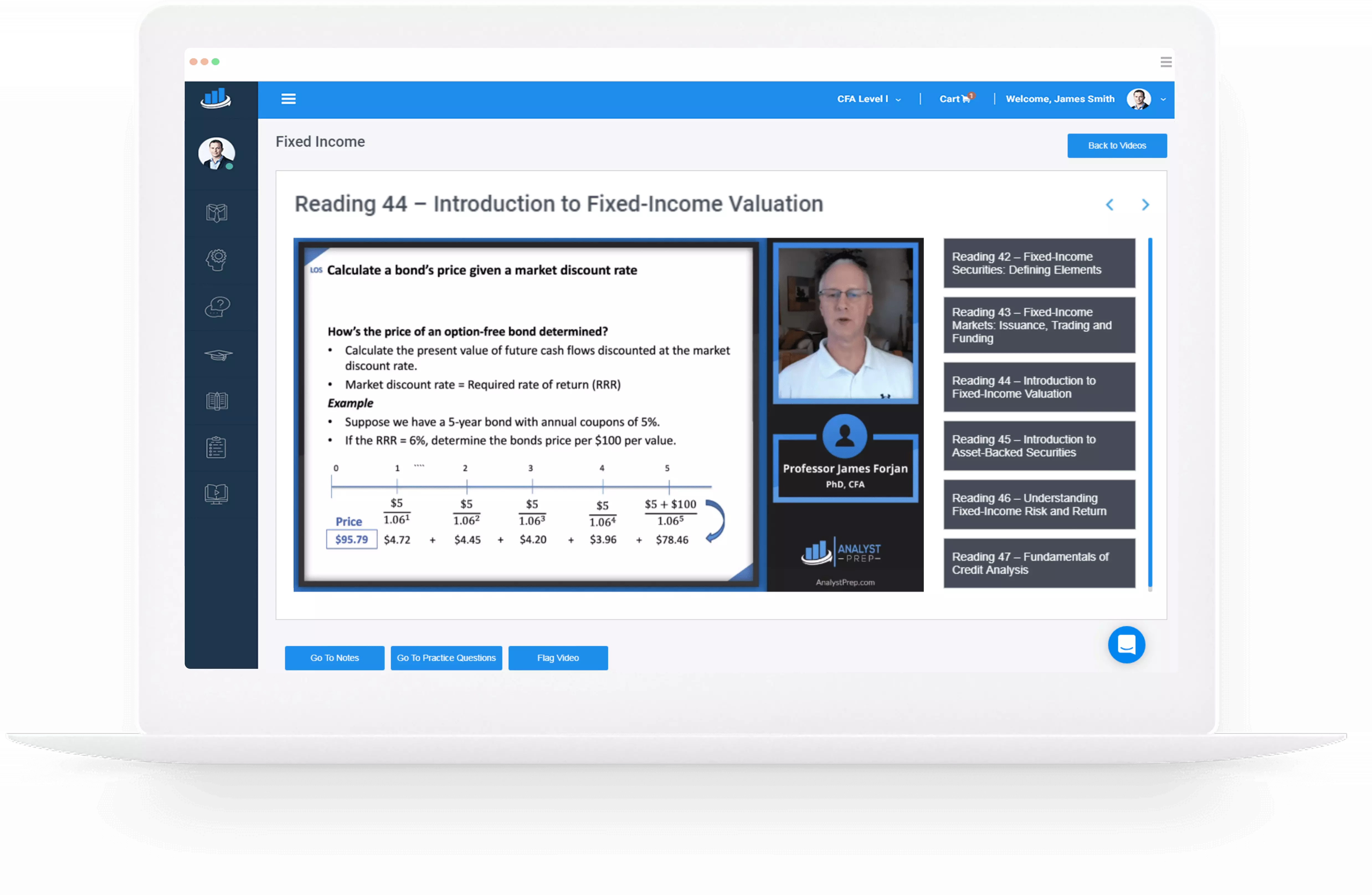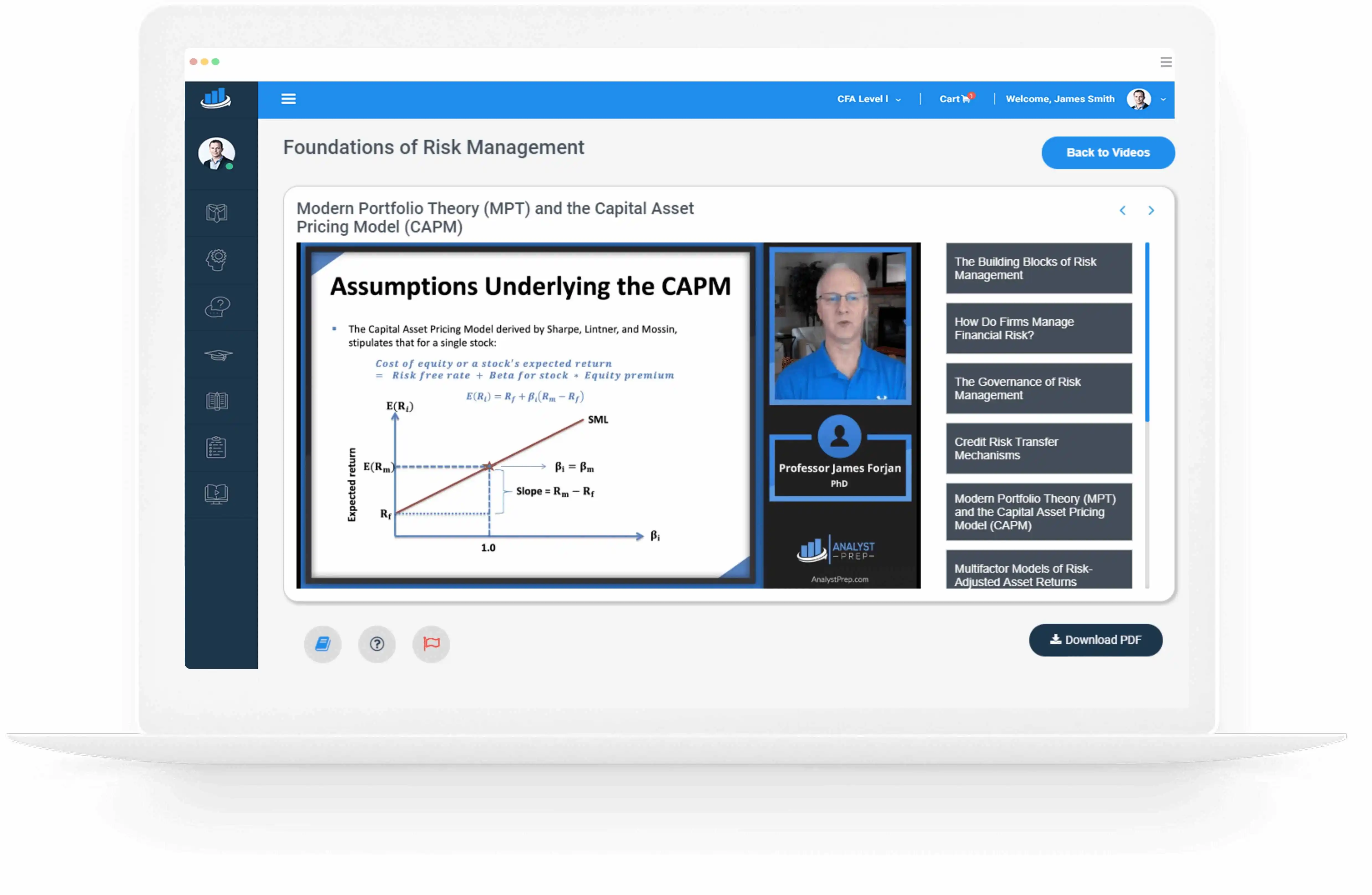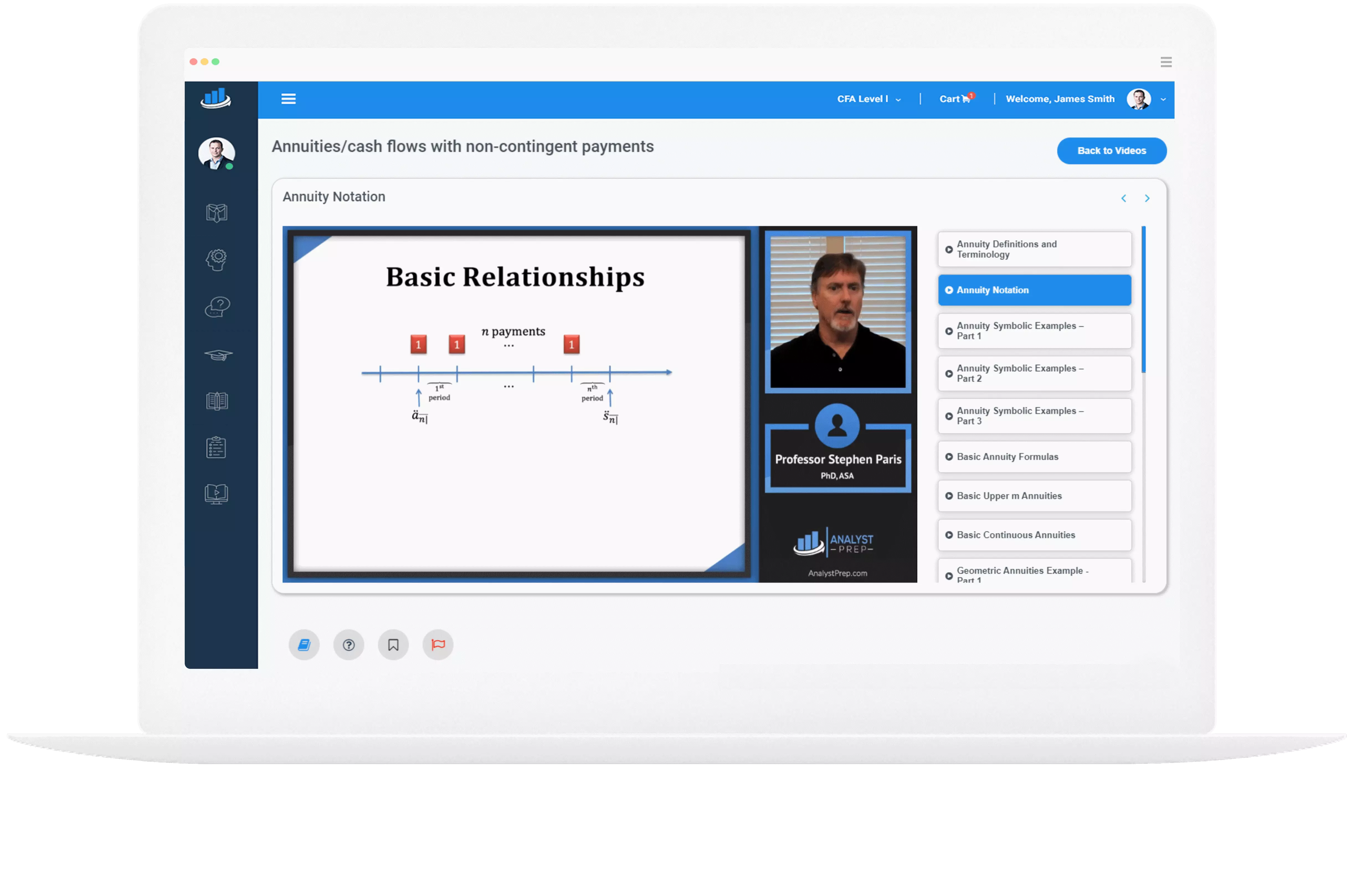Cash Conversion Cycle
A company’s business operations typically consist of a series of consecutive stages. For example, consider a manufacturing company whose operating cycle includes the purchase of raw materials, inventory production, sale to customers, and debt collection, as shown below: A company’s…
Potential Risks of Poor Corporate Governance
Weaknesses in corporate governance practices and poor stakeholder management processes expose a company and its stakeholders to several risks. On the contrary, effective corporate governance practices and strong stakeholder management processes can benefit a company’s stakeholders. Adopting effective rules and…
Corporate Governance and Mechanisms to Manage Shareholder Relationships
An appropriate corporate governance structure considers the rights, responsibilities, and powers of each stakeholder in a corporation, whilst meeting the corporation’s objectives. Corporate Reporting and Transparency The principles of governance are fundamentally based on corporate reporting and transparency. A company’s…
Principal-Agent Relationship
The term ‘principal-agent relationship’ or simply ‘agency relationship’ describes an arrangement where one entity, the principal, legally appoints another entity, the agent, to act on its behalf by providing a service or performing a particular task. In most cases, there…
ESG Considerations for Corporates
Debt and shareholders are increasingly shifting from a shareholder to a stakeholder perspective by prioritizing ESG (Environmental, Social, and Governance) factors when choosing where to invest. As such, corporate issuers need to incorporate these factors when setting their goals and…
Corporate Stakeholders
A stakeholder is any individual or entity with a significant interest in a company. Corporations have a complex ecosystem that includes not only the shareholders but also other stakeholders. These stakeholders mutually relate to the company for economic success and…
Motivations of Lenders and shareholders
Comparison between Debt and Equity Claims Debtholders, also known as lenders, provide a company with finite-term financial capital. In return, the issuers agree to make regular interest payments and repay the principal on predetermined dates. Lenders do not possess decision-making…
Functional Forms for Simple Linear Regression
To address non-linear relationships, we employ various functional forms to potentially convert the data for linear regression. Here are three commonly used log transformation functional forms: Log-lin model: In this log transformation, the dependent variable is logarithmic, while the independent…
Predicted Value and Prediction Interval of a Dependent Variable
We calculate the predicted value of the dependent variable, \(Y\), by inserting the estimated value of the independent variable, \(X\), into the regression equation. The predicted value of the dependent variable, \(Y\), is determined using the following formula: $$\hat{Y}=\hat{b}_0+\hat{b}_1X$$ Where:…
Analysis of Variance (ANOVA)
The sum of squares of a regression model is usually represented in the Analysis of Variance (ANOVA) table. The ANOVA table contains the sum of squares (SST, SSE, and SSR), the degrees of freedom, the mean squares (MSR and MSE),…




